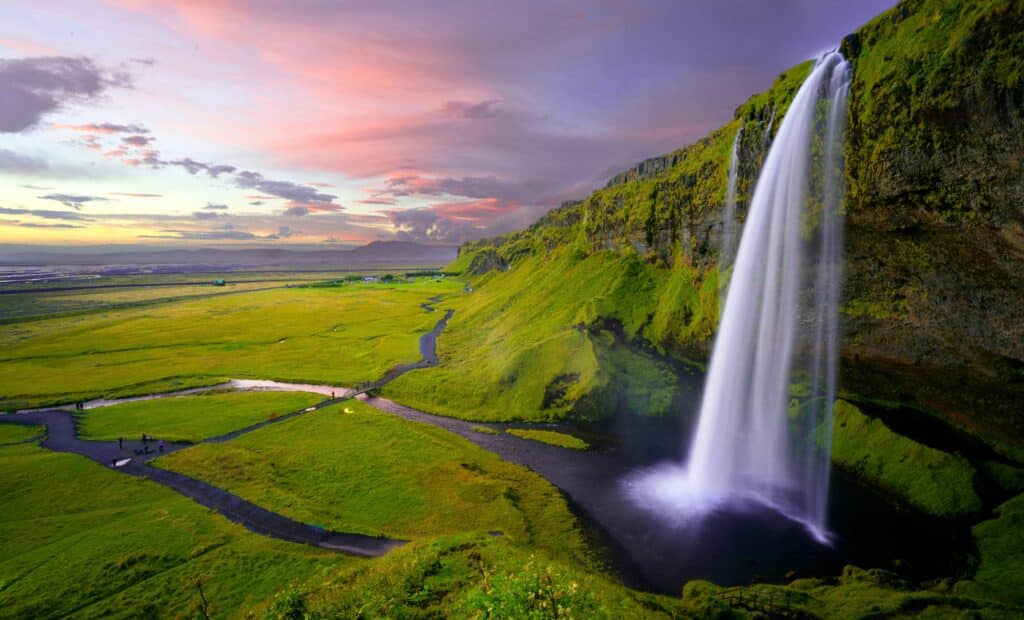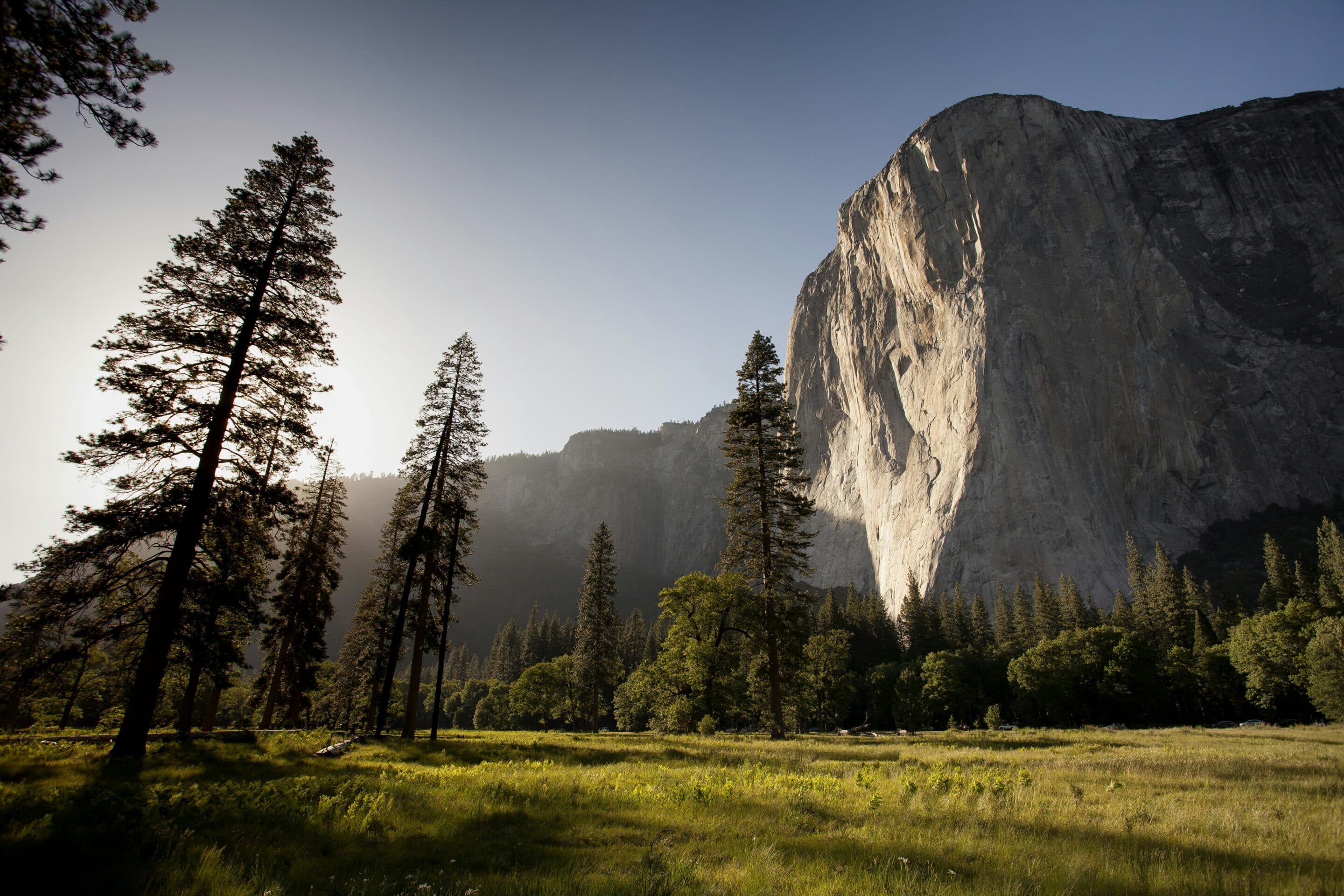Get ready to embark on an incredible adventure as we take you on a tour of Costa Rica’s most captivating wildlife sanctuaries. From lush rainforests to pristine beaches, this enchanting country is home to an astonishing array of exotic plant and animal species. Prepare to be dazzled by vibrant toucans soaring through the treetops, adorable sloths lazily hanging from branches, and playful monkeys swinging through the jungle. Grab your binoculars and immerse yourself in the breathtaking beauty of Costa Rica’s best wildlife sanctuaries, where incredible encounters with nature await at every turn.
Why Visit Wildlife Sanctuaries in Costa Rica
The rich biodiversity of Costa Rica
Costa Rica is known for its incredible biodiversity, making it a top destination for nature lovers and wildlife enthusiasts. With its unique positioning as a bridge between North and South America, the country boasts an astonishing array of wildlife species. From lush rainforests and vibrant coral reefs to expansive mangrove swamps and towering volcanoes, Costa Rica offers a diverse range of ecosystems that support a wide variety of plant and animal life.
Impact and importance of wildlife conservation
The conservation efforts in Costa Rica have played a vital role in preserving the rich biodiversity found within the country. Wildlife sanctuaries serve as protected areas where endangered species can thrive and ecosystems can be preserved. These sanctuaries not only provide a safe haven for wildlife, but they also contribute to scientific research and education, helping to raise awareness about the importance and fragility of our natural world.
By visiting these wildlife sanctuaries, you are not only supporting the local economy but also contributing to the conservation efforts that are necessary to protect Costa Rica’s unique flora and fauna for future generations to enjoy.
Unforgettable experiences and memories
Visiting wildlife sanctuaries in Costa Rica offers an opportunity to create unforgettable experiences and memories. From witnessing sea turtles nesting on the beach to observing colorful hummingbirds in the cloud forest, these encounters with nature are truly awe-inspiring. Whether you are exploring the diverse marine life while snorkeling in crystal clear waters or trekking through dense rainforests in search of elusive wildlife, you are bound to have countless magical moments that will stay with you forever.
Monteverde Cloud Forest Reserve
Overview and location
Located in the northwestern part of Costa Rica, the Monteverde Cloud Forest Reserve is internationally recognized as one of the most outstanding natural sanctuaries in the world. This 26,000-acre reserve is perched on the mountain range, shrouded in mist and clouds, providing a unique and ethereal atmosphere.
Types of wildlife and plant species
The Monteverde Cloud Forest Reserve is home to an astonishing array of wildlife and plant species. It is estimated that the reserve is home to over 2,500 plant species, including diverse orchid varieties, bromeliads, and towering tree ferns. The dense vegetation provides a haven for an incredible range of animal species, including the elusive jaguar, the colorful quetzal bird, and the playful three-toed sloth.
Activities and attractions
There are numerous activities and attractions to enjoy in the Monteverde Cloud Forest Reserve. Take a guided hike through the lush trails and discover hidden waterfalls, towering trees, and cascading rivers. Get an up-close look at the rich biodiversity by visiting the hummingbird gardens or taking a canopy tour through the treetops. For the adventurous, try zip-lining through the cloud forest, providing a thrilling perspective of this unique ecosystem.
Manuel Antonio National Park
Overview and location
Situated on the Pacific Coast of Costa Rica, Manuel Antonio National Park is a picturesque sanctuary that encompasses both stunning beaches and thriving rainforests. Its accessibility and beauty make it one of the most popular national parks in the country.
The park’s distinct ecosystems
Manuel Antonio National Park showcases a fascinating blend of ecosystems, ranging from lush rainforests to pristine beaches. Wander through the dense forest trails to spot monkeys swinging through the trees, sloths leisurely moving among the branches, and various species of birds flitting about. Beyond the forests, you can relax on the white sandy beaches, take a dip in the clear turquoise waters, or even snorkel among colorful coral reefs.

Types of wildlife and plant species
The park is home to an astonishing variety of wildlife, making it a paradise for animal lovers. Keep an eye out for howler monkeys, white-faced capuchin monkeys, and squirrel monkeys as they swing from tree to tree. Sloths, both two-toed and three-toed, are a common sight in the park, often found leisurely hanging from the branches. In addition to the diverse wildlife, Manuel Antonio National Park is also home to many plant species, including various types of orchids and bromeliads.
Activities and attractions
There is no shortage of activities and attractions to enjoy in Manuel Antonio National Park. Explore the park’s well-marked trails to discover hidden waterfalls and breathtaking lookout points. Relax on one of the park’s pristine beaches, where you can soak up the sun or go for a refreshing swim. Snorkeling and scuba diving enthusiasts will be delighted by the marine life found in the park’s protected waters. Don’t forget to bring your binoculars for a chance to spot dolphins and whales off the coast.
Tortuguero National Park
Overview and location
Tortuguero National Park, located on the northeastern coast of Costa Rica, is a true gem for nature enthusiasts. This remote and untamed reserve is renowned for its efforts in sea turtle conservation and its unique blend of ecosystems.
Significance in sea turtle conservation
Tortuguero National Park is considered one of the most important nesting sites for sea turtles in the Western Hemisphere. It provides a safe haven for endangered species such as the green sea turtle, leatherback turtle, and hawksbill turtle. Visitors to the park have the opportunity to witness the spectacular sight of sea turtles nesting and hatching on the beaches, a truly awe-inspiring experience.
Other wildlife and plant species
While sea turtles are the main attraction in Tortuguero National Park, the park is also home to a wide range of other wildlife species. Keep an eye out for caimans, crocodiles, and river otters as you explore the park’s extensive network of canals. Bird lovers will be delighted by the diverse array of resident and migratory bird species, including toucans, herons, and kingfishers. The park’s dense rainforests are teeming with countless plant species, creating a lush and vibrant environment.
Activities and attractions
Exploring the waterways of Tortuguero National Park is a must-do activity. Embark on a guided boat tour to navigate the canals and witness the abundant wildlife that thrives in this unique ecosystem. Visit the Sea Turtle Conservancy to learn more about the park’s conservation efforts and witness the dedicated researchers in action. Hike through the rainforest trails to discover hidden waterfalls and enjoy the incredible bird-watching opportunities.
Corcovado National Park
Overview and location
As one of the premier rainforest sites in the world, Corcovado National Park offers a true wilderness experience. Located on the Osa Peninsula in southwestern Costa Rica, this park is a haven for wildlife and nature lovers.
Ranking as a premier rainforest site
Corcovado National Park is often referred to as the “crown jewel” of Costa Rica’s national park system. Its remote location and untouched rainforests make it a paradise for those seeking an authentic and immersive jungle experience. The park is home to one of the largest primary forests in Central America, with an impressive array of plant and animal species.

Types of species
Corcovado National Park is a biodiversity hotspot and supports an immense variety of species. It is estimated that the park is home to 500 species of trees, over 400 species of birds, and numerous mammal species, including jaguars, tapirs, and all four species of Costa Rican monkeys. The park is also a sanctuary for countless reptiles, amphibians, and insects, making it a dream destination for nature enthusiasts and wildlife photographers alike.
Activities and attractions
Exploring Corcovado National Park is a true adventure. Embark on guided hikes through the dense rainforest trails, where you can spot rare and elusive wildlife. Take a dip in the park’s pristine rivers and waterfalls, offering a refreshing respite from the tropical heat. For the more adventurous, multi-day camping and backpacking trips are available, allowing you to truly immerse yourself in the heart of this untouched wilderness.
Arenal Volcano National Park
Overview and location
Arenal Volcano National Park is located in the northern part of Costa Rica and offers a unique experience for visitors. This park is centered around the iconic Arenal Volcano, which was active until 2010. Today, the park provides a glimpse into the country’s geological past and showcases the regrowth and rejuvenation of the surrounding ecosystem.
Connection to an active volcano
While the Arenal Volcano is no longer active, its towering presence still captivates visitors. The park’s trails wind through dense rainforests and open fields, providing stunning views of the volcano and its lava flows that occurred during its active phase. The park’s rich volcanic soil has also contributed to the growth of a diverse range of plant and animal species.
Types of species
The Arenal Volcano National Park is home to a wide variety of wildlife species. Embark on a guided hike to spot colorful birds, including toucans and parrots, and keep an eye out for monkeys swinging through the treetops. The volcano’s unique ecosystem supports a range of reptiles, amphibians, and insects, creating a fascinating web of life.
Activities and attractions
There are numerous activities and attractions to enjoy in Arenal Volcano National Park. Hike the park’s well-maintained trails to discover stunning viewpoints and hidden waterfalls. Soothe your muscles in the park’s natural hot springs, providing a relaxing and therapeutic experience. For the more adventurous, try your hand at ziplining through the treetops or embark on a white-water rafting adventure down the Arenal River.
Cahuita National Park
Overview and location
Cahuita National Park is located on Costa Rica’s Caribbean coast and offers a unique blend of marine and terrestrial environments. This park is known for its pristine coral reefs and lush rainforests, making it a must-visit destination for nature lovers.
Unique blend of marine and terrestrial environments
Cahuita National Park’s main attraction is its coral reefs, which are considered some of the best-preserved in the country. The clear waters teem with vibrant marine life, including colorful fish, sea turtles, and even dolphins. Beyond the shoreline, the park is also home to dense rainforests, providing a habitat for numerous plant and animal species.

Types of species
Cahuita National Park is a haven for wildlife enthusiasts. Explore the park’s rainforest trails to spot howler monkeys swinging from tree to tree, sloths lazily hanging from the branches, and an incredible variety of bird species. Snorkeling or diving in the park’s protected waters allows you to witness the vibrant coral reefs and encounter tropical fish, sea turtles, and possibly even harmless nurse sharks.
Activities and attractions
One of the main attractions in Cahuita National Park is snorkeling or diving along its coral reefs. Explore the underwater wonderland and marvel at the beauty and diversity of the marine life. Embark on a guided hike through the park’s rainforest trails to learn more about the local flora and fauna while keeping an eye out for monkeys and sloths. Relax on the park’s pristine beaches and soak up the sun in this idyllic Caribbean setting.
Los Quetzales National Park
Overview and location
Situated in the Talamanca Mountain Range, Los Quetzales National Park is a hidden gem in Costa Rica. This park is dedicated to the preservation of the endangered Quetzal bird and offers a pristine and untouched natural environment.
Preservation of the Quetzal bird
Los Quetzales National Park is home to one of the most important populations of Quetzal birds in Costa Rica. These majestic birds, known for their vibrant plumage and iconic tail feathers, are considered a symbol of beauty and are protected within the park. Visitors have the opportunity to witness these rare and elusive birds in their natural habitat, creating a truly memorable experience.
Other species
While the Quetzal is the park’s highlight, Los Quetzales National Park is also home to a variety of other plant and animal species. Explore the park’s cloud forests to spot hummingbirds, toucans, and several species of monkeys. The park’s diverse vegetation, including moss-covered oaks and ancient ferns, adds to the enchanting atmosphere and provides a habitat for countless species.
Activities and attractions
Hiking is the main activity in Los Quetzales National Park, offering visitors the chance to explore its pristine wilderness. The park has a network of well-maintained trails, some leading to spectacular lookout points that overlook vast valleys and rolling hills. Birdwatchers will be delighted by the opportunity to spot not only the Quetzal but also a wide range of resident and migratory bird species. Make sure to pack your camera and binoculars to capture and fully immerse yourself in the park’s breathtaking beauty.
Tips for Visiting Wildlife Sanctuaries
Best times to visit
The best time to visit wildlife sanctuaries in Costa Rica can vary depending on the specific location and the wildlife you wish to see. Generally, the dry season, which runs from December to April, offers better weather conditions and increased wildlife sightings. However, the rainy season, from May to November, can also be a rewarding time to visit, as it is when many animals are actively breeding or nesting. Research the specific sanctuary you plan to visit to determine the optimal time to maximize your wildlife encounters.
Importance of hiring local guides
When visiting wildlife sanctuaries in Costa Rica, hiring a local guide is highly recommended. Local guides have extensive knowledge about the area, the wildlife, and the conservation efforts taking place. They can provide valuable insights and help you spot and identify wildlife species that you might otherwise miss. Additionally, hiring a local guide supports the local community and contributes to sustainable tourism practices.
Sustainable tourism practices
Costa Rica is a global leader in sustainable tourism practices, and visitors should strive to support these initiatives when visiting wildlife sanctuaries. Choose eco-friendly accommodations that prioritize sustainable practices, such as recycling, water conservation, and the use of renewable energy. Respect the natural environment by adhering to designated trails and guidelines set by park authorities. Avoid littering and refrain from feeding or touching wildlife, as these actions can have negative impacts on their natural behaviors and habitats.
Packing essentials for wildlife sanctuary visits
When visiting wildlife sanctuaries in Costa Rica, it is important to be prepared. Some essential items to pack include:
- Lightweight and breathable clothing: Opt for long-sleeved shirts and pants to protect against sunburns and insect bites.
- Sturdy and comfortable walking shoes: Choose footwear suitable for hiking and traversing uneven terrain.
- Insect repellent: Protect yourself from mosquitoes and other biting insects that may be present in forested areas.
- Binoculars and camera: Enhance your wildlife viewing experience by bringing binoculars to spot animals from a distance and a camera to capture memorable moments.
- Sun protection: Don’t forget sunscreen, a hat, and sunglasses to shield yourself from the intense tropical sun.
- Water bottle and snacks: Stay hydrated and energized during your wildlife sanctuary visits by bringing a refillable water bottle and some light snacks.
Getting Around Costa Rica
Overview of transportation options
When exploring wildlife sanctuaries in Costa Rica, there are several transportation options available. Public buses are a cost-effective way to travel between cities and towns, but they may not always reach remote sanctuary locations. Renting a car provides more flexibility and allows you to explore at your own pace. Additionally, there are private shuttle services and organized tours that offer transportation to popular destinations and wildlife sanctuaries.
Renting vs guided tours
Deciding between renting a car or opting for guided tours depends on personal preferences and the level of independence desired. Renting a car allows you to set your own schedule and explore off-the-beaten-path locations. However, if you prefer to have a local expert guide you and provide valuable insights, opting for guided tours can enhance your wildlife sanctuary experience. Guided tours are also recommended for remote or challenging locations where local knowledge and transportation are essential.
Costs and budgeting tips
Costs for visiting wildlife sanctuaries in Costa Rica can vary depending on factors such as park entrance fees, accommodation, and transportation. It is important to budget accordingly to ensure a stress-free trip. Research the entrance fees and any additional charges for activities or tours in advance, as these can vary between sanctuaries. Consider staying in budget-friendly accommodations such as eco-lodges or guesthouses, which offer a unique and sustainable experience. Opting for local restaurants and street food can also help reduce costs while enjoying authentic Costa Rican cuisine.
In conclusion, visiting wildlife sanctuaries in Costa Rica offers a unique opportunity to immerse yourself in the country’s rich biodiversity and contribute to conservation efforts. Whether exploring the mystical cloud forests of Monteverde or witnessing sea turtles nesting in Tortuguero, the unforgettable experiences and memories created in these sanctuaries will stay with you for a lifetime. Remember to embrace sustainable tourism practices, support local guides, and pack essentials for a memorable and responsible wildlife sanctuary visit. Get ready to embark on a journey through Costa Rica’s untamed beauty and discover the wonders of nature firsthand.








0 Comments